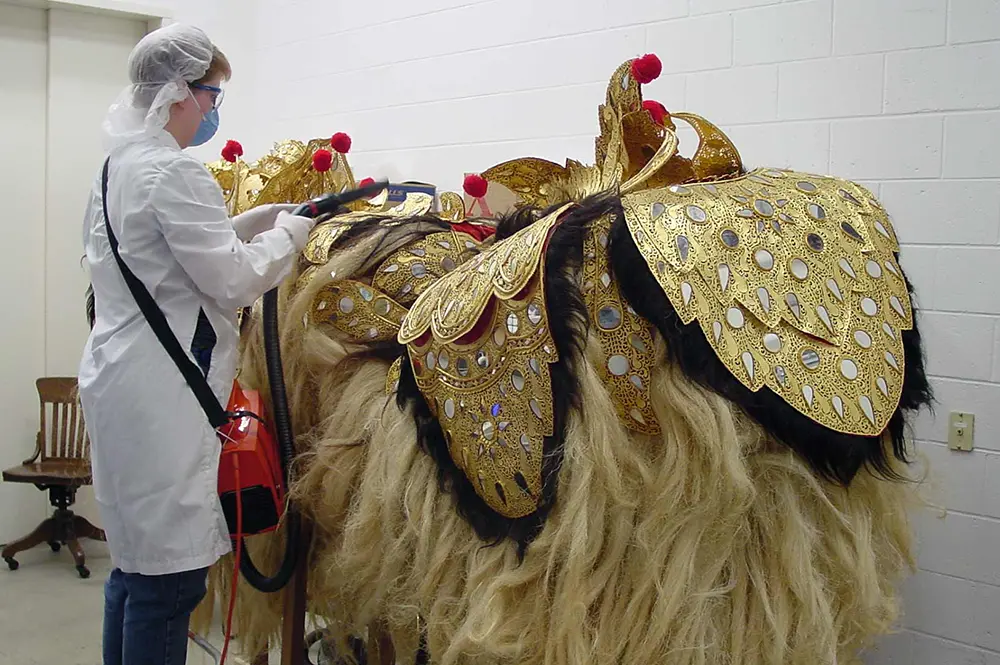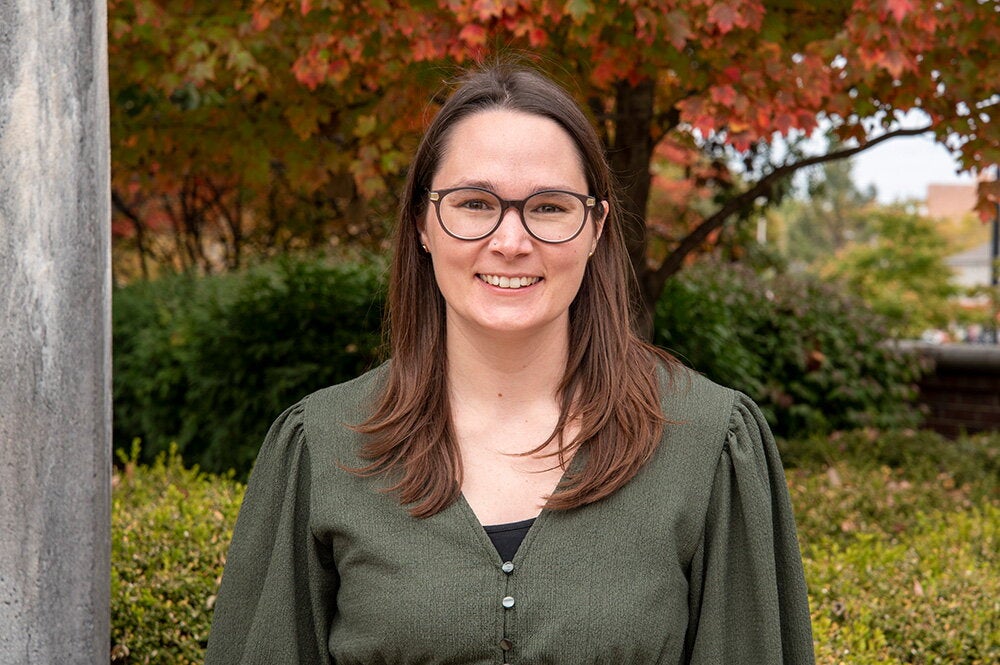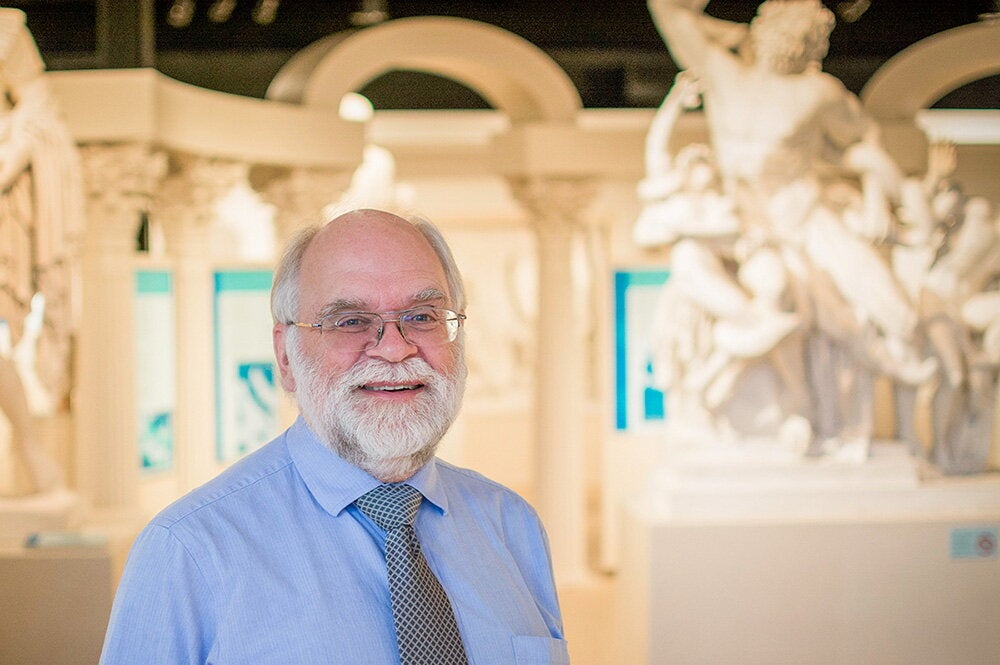

Every five years, Spurlock Museum inventories its emergency supplies. Coincidentally, this year’s count was occurring during the outbreak of COVID-19, which is why staff members realized that they possessed material that could help healthcare providers deal with the pandemic.
Personal protective equipment—PPE—is used by Spurlock staff to protect themselves and the collections during handling. However, with all staff working from home, and with PPE sitting unused, the museum donated nitrile gloves, N95 masks, hand wipes, sanitizer, and safety glasses to the Champaign-Urbana Public Health District.
The objective was to get the equipment into the hands of healthcare workers who need it. Collections manager Christa Deacy-Quinn said about $400 worth of equipment was donated.
Spurlock Museum typically uses these supplies to clean and take care of artifacts. The gloves, for example, protect the artifacts from oils on hands. Some of the museum’s PPE were used for emergency response kits, which would be used if artifacts were damaged due to a busted pipe or other mishap.
“It’s like we are doctors for artifacts,” Deacy-Quinn said. “That's kind of why we had some of this medical gear in loose terms… but this is a global pandemic. This would be the time where our PPE would be better used by communities that need it."
Deacy-Quinn said the Spurlock Museum staff were very supportive of donating the equipment. The health district was also very happy to receive the donations, she added. As of May 4, there have been more than 170 confirmed coronavirus cases in Champaign County, including six reported deaths.
The collections manager and student employees have been doing research during the stay-home order. They’ve mainly focused on learning more about integrated pest management in museums, and Deacy-Quinn said she is also looking into how long the coronavirus stays on surfaces, specifically on artifacts. They’ve also been organizing digital files.
Deacy-Quinn said that she hopes that the museum’s donations may serve as an inspiration to donate extra or unused material to people who may have a need for it in the fight against COVID-19.
"If you have any unused things that maybe your local health community can use, perhaps this could inspire people to give,” she said. “If they haven't thought about it, maybe they have it."
Even when people are allowed to return to work, and museum staff can again work with artifacts, Deacy-Quinn said, they can work with artifacts in different ways and preserve the PPE for healthcare providers until the supplies become more available.
“This is the way we can support those people that are out on the frontlines,” Deacy-Quinn said. “We are proud to support this. It felt like something small that we can do.”


